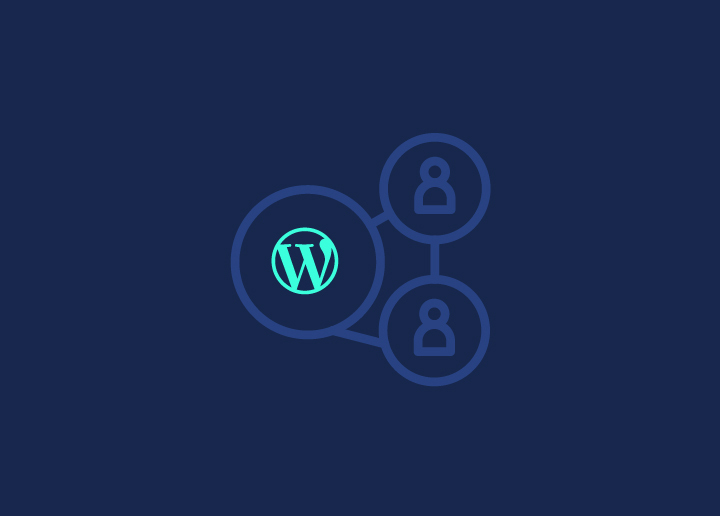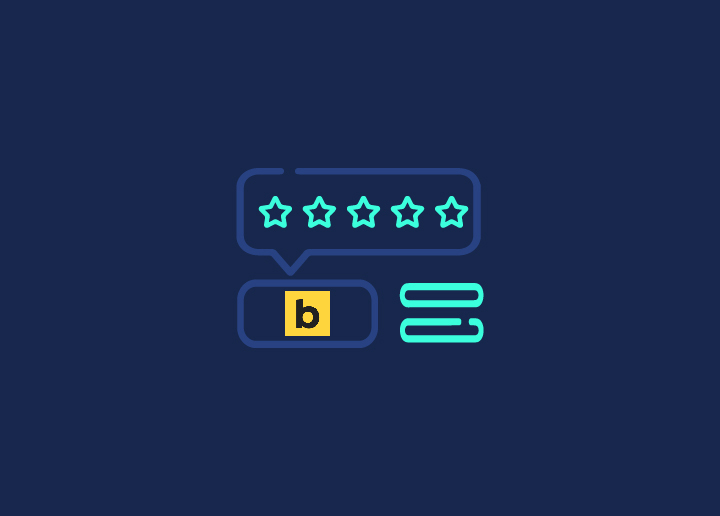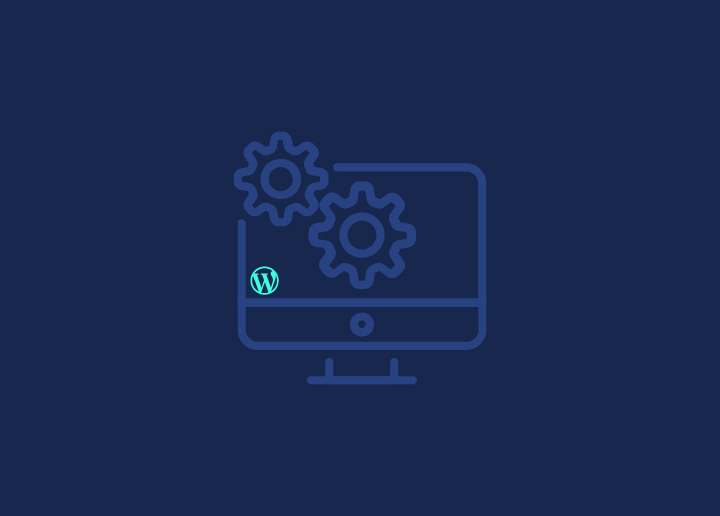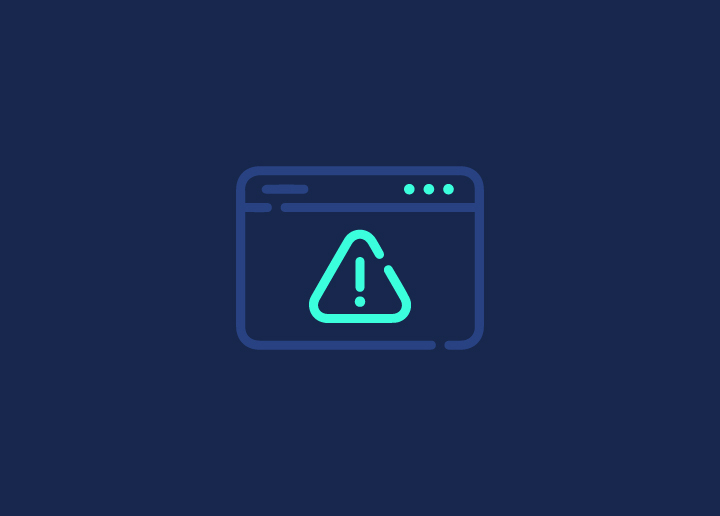A network payload is the total amount of data a network packet carries. The payload size can vary depending on the packet type, but it is typically between 40 and 60 bytes. The payload is what contains the actual data that is being sent from one computer to another. For example, when you send an email, the payload would be the message itself, along with any attachments.
Read this article to learn why network payloads are dangerous and how you can avoid enormous network payloads!
Contents
ToggleWhy are network payloads dangerous?
Network payloads are dangerous for several reasons:
- Used to launch attacks against network systems.
- Used to overload network systems, causing them to crash or become unavailable.
- They can be used to steal sensitive information from network systems.
- They can be used to distribute malware to network systems.
- They Cause Performance issues & slows down your website thus affecting PageSpeed scores.
How to avoid enormous network payloads?
It’s no secret that large file sizes can cause significant headaches for network administrators. Not only do they take up valuable storage space, but they can also clog up bandwidth and slow down your network.
There are a few ways to avoid enormous network payloads:
1. Use file compression: This can help reduce the size of files without compromising quality.
2. Convert files to a more efficient format: For example, converting .jpeg files to .png files can reduce file size without losing quality.
3. Use a content delivery network (CDN): A CDN can help distribute large files more efficiently by storing them on servers that are closer to your users.
4. Limit the number of simultaneous connections: When too many users are trying to download large files simultaneously, it can overwhelm your network. Limiting the number of simultaneous connections can help prevent this from happening.
5. Avoid unnecessary images and videos: Large photos and videos can be some of the biggest offenders regarding substantial file sizes. Only use them when necessary, and consider using lower-quality versions when possible.
Conclusion
We hope this article has helped you understand how to avoid enormous network payloads. Following the tips and advice outlined above can help keep your network running smoothly and efficiently. Do you have any other suggestions for avoiding massive network payloads? Let us know in the comments below!


















